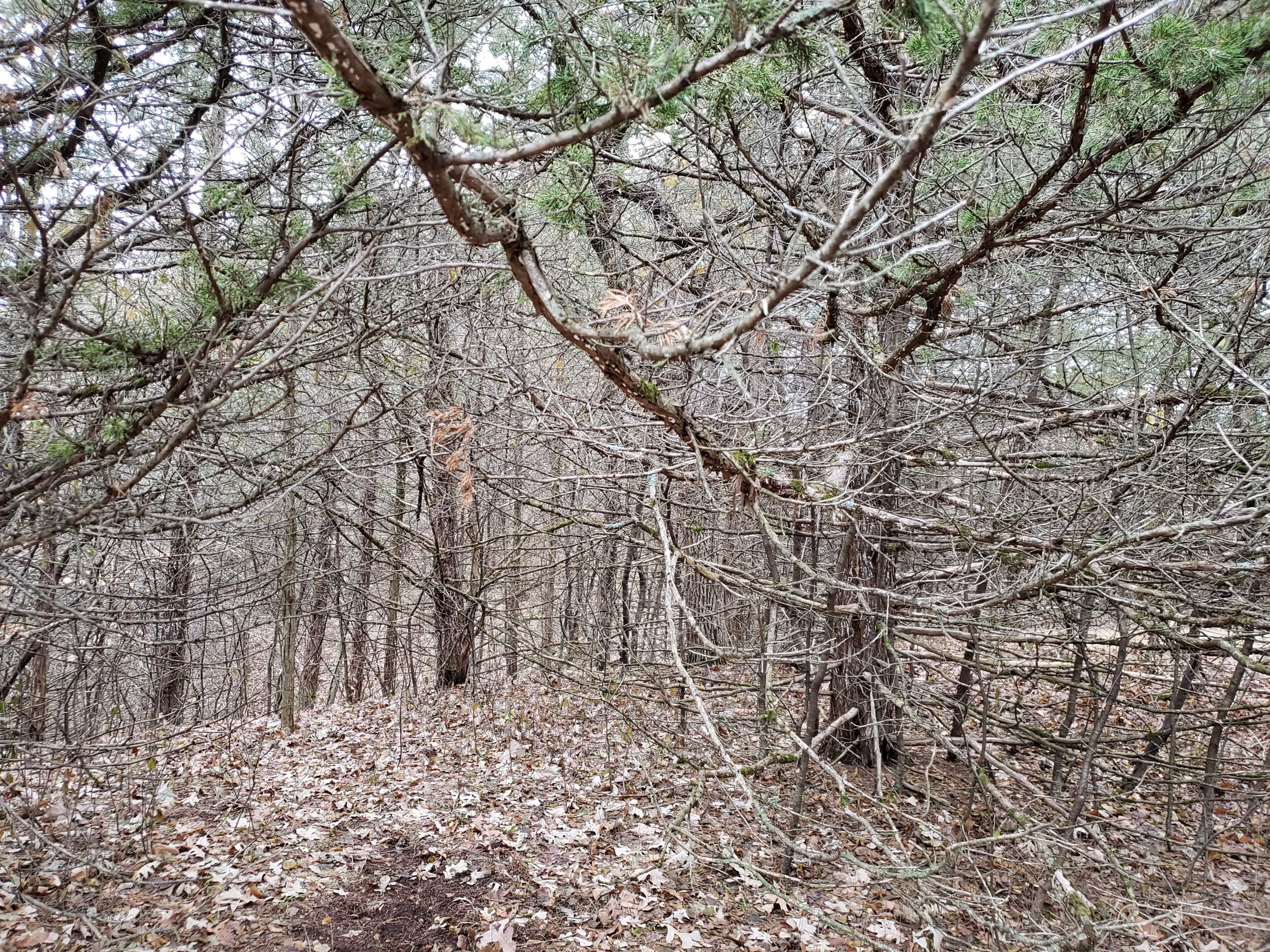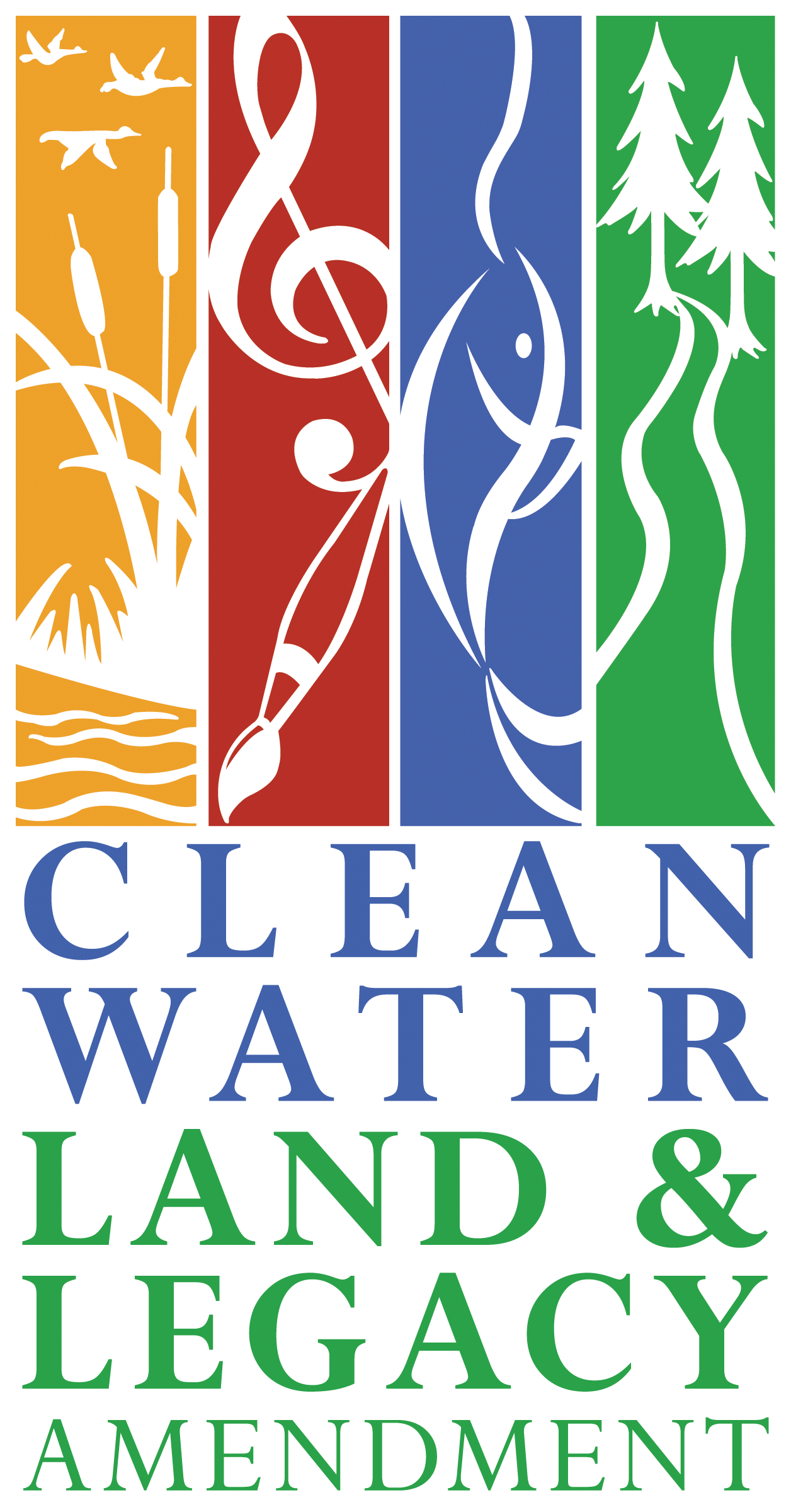
Habitat Restoration
Our team is busy working with Refuge professionals and other partners to restore and enhance wildlife habitat on lands acquired by the Minnesota Valley Trust and owned by the USFWS. Read on for a few examples of this work.
Before invasive tree removal, walking through the oak savanna was virtually impossible
After restoration, the native oaks and understory plants receive sunlight and thrive
Oak Savanna Restoration
On the Rapids Lake Unit in Carver County, the Minnesota Valley Trust and USFWS have been restoring degraded oak savanna, an endangered ecosystem that was once one of the most common vegetation types in the Upper Midwest.
These beautiful but rare landscapes are characterized by well-spaced, majestic oak trees with low, wide limbs and a diversity of prairie forbs, grasses and shrubs below them. Oak savanna restoration involves massive removal of invasive trees to open up the understory, herbicide application as necessary, then planting a high diversity mix of prairie forbs and grasses. We follow-up in subsequent years with prescribed burns and additional seeding, when needed.
Prairie & Wetland Restoration
After acquiring land that has been farmed, the Trust retires the crop field and restores it to pre-settlement conditions of wetland and prairie grassland. Restoration activities include restoring wetlands that have been drained, which involves engineering, excavation and seeding with wetland ecotype seed. The balance of the field is then planted with a diverse mix of native, local ecotype prairie seed and forbs. Ongoing activities include spraying herbicides to manage invasives, mowing and applying prescribed fire.
CCMI crew members take a break from cutting and treating invasive species on a waterfowl production area.
Conservation Corps Minnesota-Iowa (CCMI)
The Minnesota Valley Trust employs a Conservation Corps Minnesota-Iowa (CCMI) crew every year to complete critical habitat enhancement activities on hundreds of acres throughout the Minnesota Valley National Wildlife Refuge & Wetland Management District. Crew members wield chainsaws, herbicide sprayers and seed bags to fight back encroaching invasives so that native plant species may thrive. They also participate in USFWS prescribed burns, harvest native seed and conduct plant surveys.
While contributing significantly to enhancing and managing habitat, CCMI crew members gain valuable on-the-job training from Refuge and Trust biologists and operations staff, preparing them for careers in conservation.
Prescribed Fire
Prescribed burning is a critical habitat enhancement tool, replicating the naturally-occurring fires that historically managed these lands. It ensures healthy ecosystems that support a diversity of native plants and wildlife. Minnesota Valley Trust employees, apprentices and CCMI crew members participate on the Refuge’s fire crew to complete prescribed burns on hundreds of acres every year.
Our Partners
The Minnesota Valley Trust thanks the funding partners that help us acquire and restore land for the Minnesota Valley National Wildlife Refuge & Wetland Management District.







